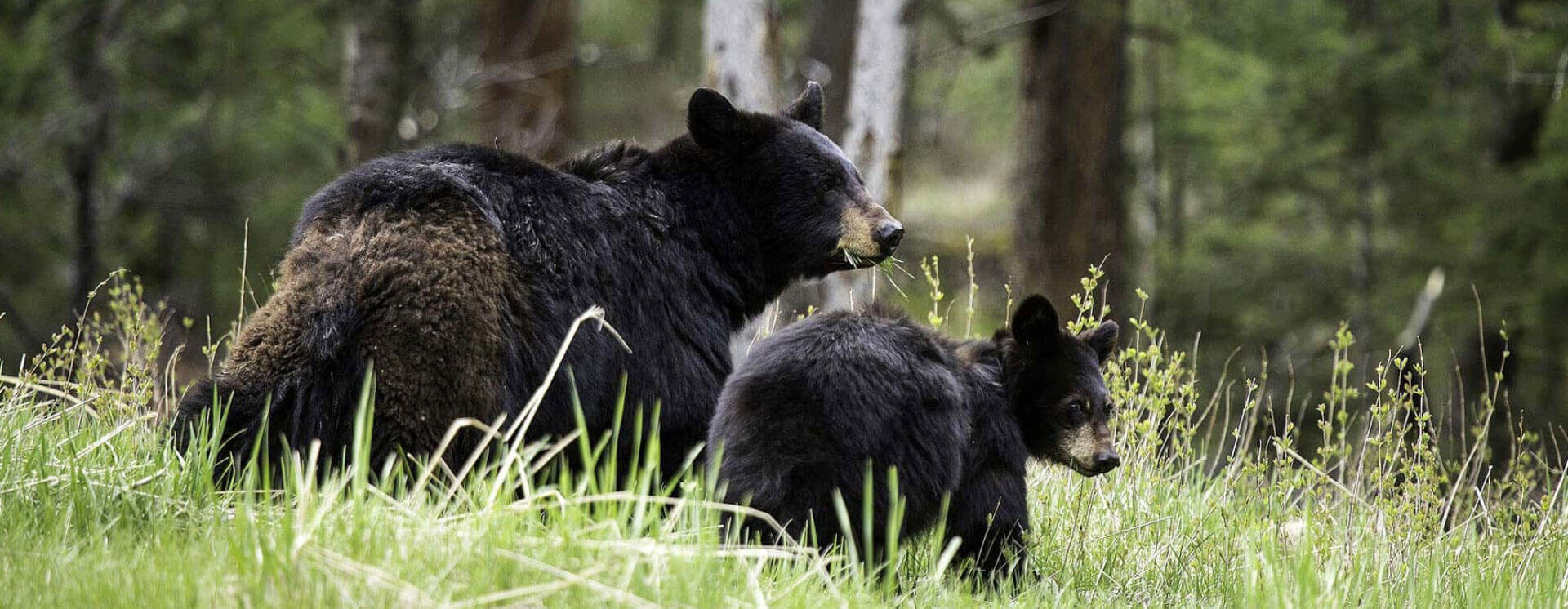Feeding wildlife is unhealthy to the animals
While many might think that feeding that cute deer fawn in your yard may be helpful, Idaho Fish and Game says that well-intentioned people often feed deer, elk and other wildlife without realizing the problems it can create.
People living in many Idaho communities have good intentions and only want to help by feeding wildlife which can lead to unforeseen problems and can actually do more harm than good. What starts out with feeding a small number of deer or elk, can quickly cause the numbers to grow, becoming overwhelming to the people feeding the wildlife.
Deer and elk receiving supplemental feed often quickly congregate in unnaturally high numbers in small areas, which increases the chances of diseases spreading among the population. Malnourished animals and crowding creates stressful conditions ideal for serious disease outbreaks, which is a concern to livestock producers and wildlife managers alike.
In addition, deer and elk digestive systems are set up to digest food differently throughout the year. Changing from natural to supplemental high quality feed can result in digestive problems, bloat and potentially death, especially in younger animals.
Damage to vegetation near feed sites is another side effect of feeding wildlife. Trees and shrubs, especially aspen and willow, can be heavily damaged and take decades to recover, if at all.
Some well-intentioned people believe that if they supply a food source, it will prevent the animals from damaging their ornamental plants, which will actually cause quite the opposite. Feeding usually just encourages wildlife to stick around longer and in higher densities, resulting in greater damage, especially to ornamental plants around homes and neighborhoods.
More importantly, feeding big game near homes is discouraged as they may lose their fear of humans, which can lead to injuries and sometimes death to the animal, pets and even people.
While wildlife may look harmless, people need to realize that big game animals are wild and can be unpredictable. The wild nature of these animals must be respected.
Feeding big game can also attract animals that homeowners don’t want around. Mountain lions are common in the forests of Idaho, and are sometimes attracted to city’s confines were deer and elk can find refuge and often congregate where fed.
Additionally, big game congregating in communities and neighborhoods can lead to increased numbers of wildlife-vehicle collisions. Obviously, accidently hitting a 150-200 pound deer or a much larger elk can cause serious personal injury, not to mention vehicle damage and injury or death to the animal.
It is important that everyone not feed deer and elk, or any wild animal. All it takes is one household in a neighborhood to feed animals which negates the positive efforts of others who are making a conscious choice to not feed wildlife.
Wildlife biologists look to natural forage to sustain big game populations. But when emergency conditions exist, winter feeding can become an option. Three main conditions that can trigger winter feeding are to prevent damage to stored agricultural crops like haystacks, public safety concerns such as elk congregating near a busy highway, and excessively harsh winter conditions where a high percentage of the adult females would be expected to die.
The agency’s policy and actions on whether to feed or not to feed is complicated and has evolved through decades of experience with winter feeding.
For more, visit Fish and Game’s Winter Feeding HERE